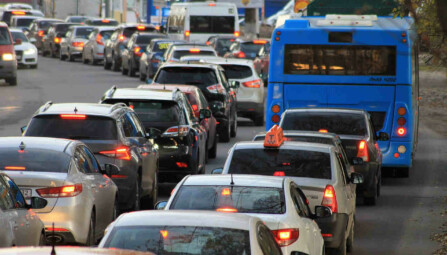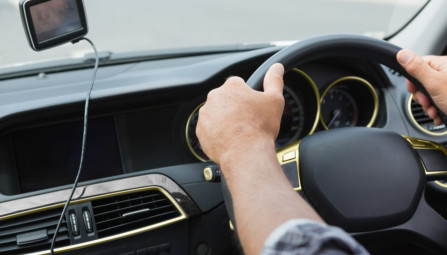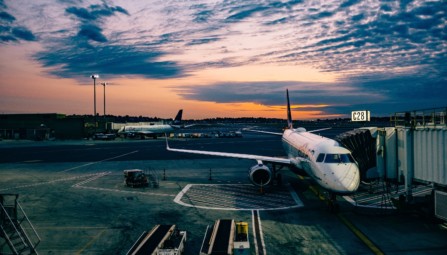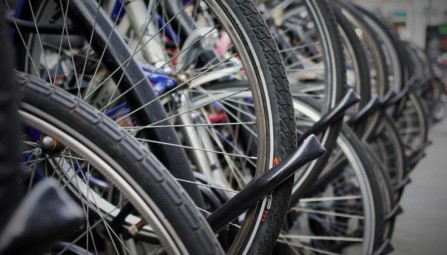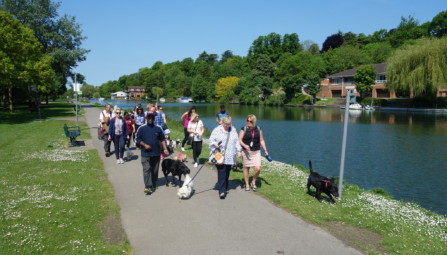TRANSPORT THEME ACTION PLAN
Transport and climate change
At UK level, emissions from road transport represent around 33% of the total15. In Reading, the equivalent figure is just over 20%. As well as carbon emissions, pollutants from vehicles are a major source of air quality problems in the town. Taking action to reduce emissions from transport therefore offers scope to improve public health, reduce congestion, stimulate low carbon sectors of the local economy and improve the quality of life for Reading residents.
The COVID-19 ‘lockdown’ had an immediate and a profound impact on travel behaviour, and although the long-term impacts on future travel demand and mode share are difficult to predict, some changes, such as more working from home, seem set to endure. Our Transport theme action plan was developed before the ‘lockdown’ and therefore our baselines and targets may need to be reviewed as the longerterm impact of the crisis become better understood. Reading Borough Council has, however, set ambitious targets for walking and cycling and is implementing a large number of active travel measures, including segregated facilities, in an attempt to ensure that positive changes in travel habits, such as more walking and cycling, are sustained. The ongoing success of our active travel targets will, however, be partly subject to Central Government funding to implement measures on a permanent basis.
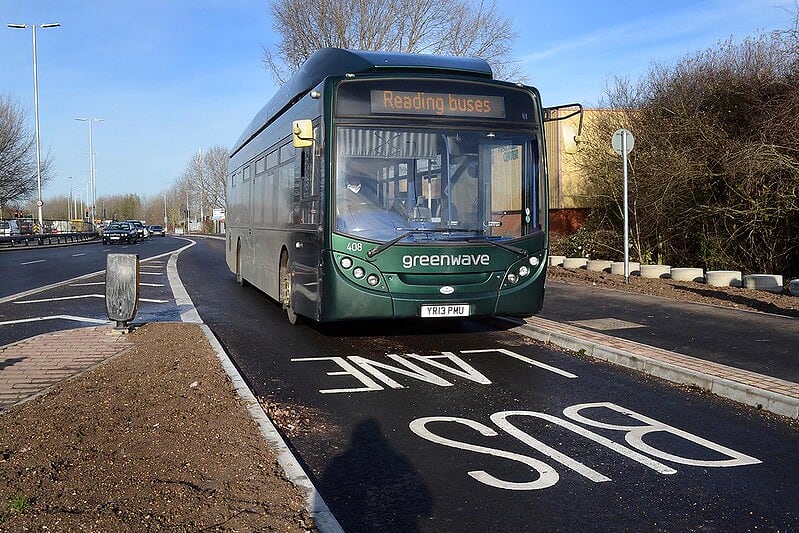
Whatever happens to future transport demand, the UK’s transport infrastructure remains exposed to climate impacts and Reading is no exception. In the coming decades we can expect:
- Disruption of transport networks impacting on wellbeing and the local economy
- Flood risk to transport infrastructure and access to key transport hubs
- Heavy rain/high winds leading to more accidents, treefall, road closures and delays
- Risk of slope/embankment failures due to heavy rain
- Risk of rails buckling, cables sagging and roads softening in extreme heat
- Increased discomfort on public transport
- Overheating/failure of signalling and communications equipment
These risks underline the importance of continuing to reduce the need to travel by more polluting modes of travel in the first place. More positively, a warmer climate may enable more outdoor lifestyles, making ‘active’ forms of travel – walking and cycling – more attractive.
Progress to date
Investment in the transport network in recent years means that Reading currently has enjoyed a good level of sustainable transport provision in terms of:
- Public transport with good rail links, an extensive bus network with a modern, clean fleet using bio-gas fuel, fast-track public transport priority routes and the initial phases of an effective series of park and ride schemes
- Provision for active, sustainable modes of travel via an extended cycle network and a pedestrian and cycle bridge over the Thames
- Early adoption of ‘smart city’ technology which has potential to support efforts to reduce emissions in future
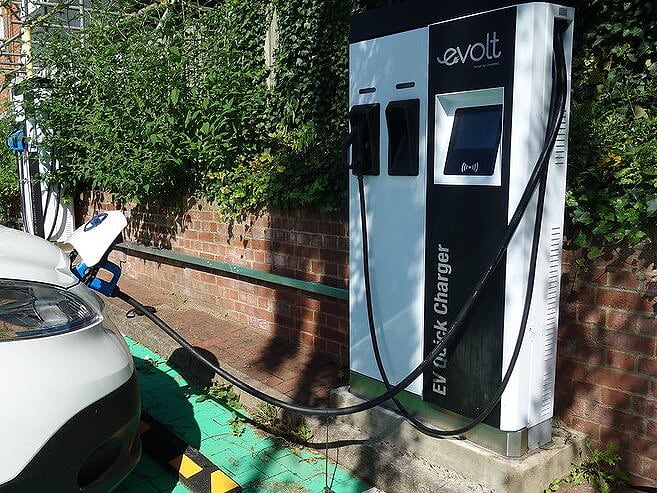
Reading has also bucked the national trend for bus use – while bus use went down 0.7% across England in 2018/19, in Reading it rose by 4.2%. The figures mean bus use in Reading has increased by 40% since 2011/12. However, despite these advantages Reading still experiences high levels of traffic and congestion, with carbon emissions and air quality problems arising from this. While transport related emissions temporarily reduced during the peak of the COVID-19 pandemic, action is required to make these reductions permanent, particularly as use of public transport has been reduced at the same time.
Priorities on the pathway to net zero for transport
To achieve the target of a net zero carbon Reading by 2030 will require:
- Substantial reductions in the need to travel: to be achieved through careful planning to locate employment, services and leisure facilities close to where people live, and to integrate opportunities for sustainable living, working and shopping in new developments
- A significant switch from cars to more sustainable modes of travel: requiring a shift from the most polluting modes of transport (cars, HGVs) to less polluting modes (public transport, walking and cycling) and from motorised transport to the ‘active’ modes of travel (walking and cycling)
- Electrification of the vehicle fleet: even after reducing demand and encouraging modal shift, there will still be a significant need for motorised transport. As electricity supply is decarbonised, replacing fossil fuel-based vehicles with electric vehicles will be a key stage on the journey to a net zero carbon Reading
The key mechanism through which Reading’s transport future is shaped is Reading’s Local Transport Plan, produced by Reading Borough Council. A new Local Transport Plan, entitled the Reading Transport Strategy 2036, has been prepared and was the subject of public consultation process during 2020.
Ensuring that the new transport strategy supports the ambition of achieving net zero carbon by 2030 will therefore be important. This is a statutory process and as such needs to go through a formal process before the ambitions set out in the action plan below can be adopted – however, Reading Borough Council has already made a commitment in the climate emergency declaration that the ‘forthcoming revision to the Local Transport Plan … reflect the urgency of this resolution’.
Beyond this, the choices we all make about how we get around will be a critical success factor in meeting the ambition for a net zero carbon Reading by 2030. This means we may all need to make difficult decisions about flying less, driving less, and using public transport, walking or cycling for essential journeys. If we do so, we will be fitter and healthier, our air will be cleaner, our public transport services will be better supported and more frequent, and the high cost of maintaining our roads should fall, freeing up resources for other much needed public services and/or further improving sustainable transport options.
Key adaptation issues for transport
As we make these changes, we need to prepare for increased disruption and damage to transport systems and infrastructure arising from climate impacts. As with mitigation, the best way to increase our resilience to these impacts will be to reduce the need to travel in the first place, with technology and digital access to information and services playing a key role in this. Beyond that, transport planners and operators need to consider individually and collectively how to make their infrastructure and services more resilient to the inevitable impacts of a changing climate.
Transport Theme Action Plan: Our aim is for a low carbon future for transport in which emissions are cut by reducing the need to travel by more polluting modes of transport, shifting more journeys to sustainable modes of transport and supporting the transition from petrol/diesel to electric vehicles. In the process, we will improve health and wellbeing, while making transport infrastructure more resilient to climate impacts.

